Community
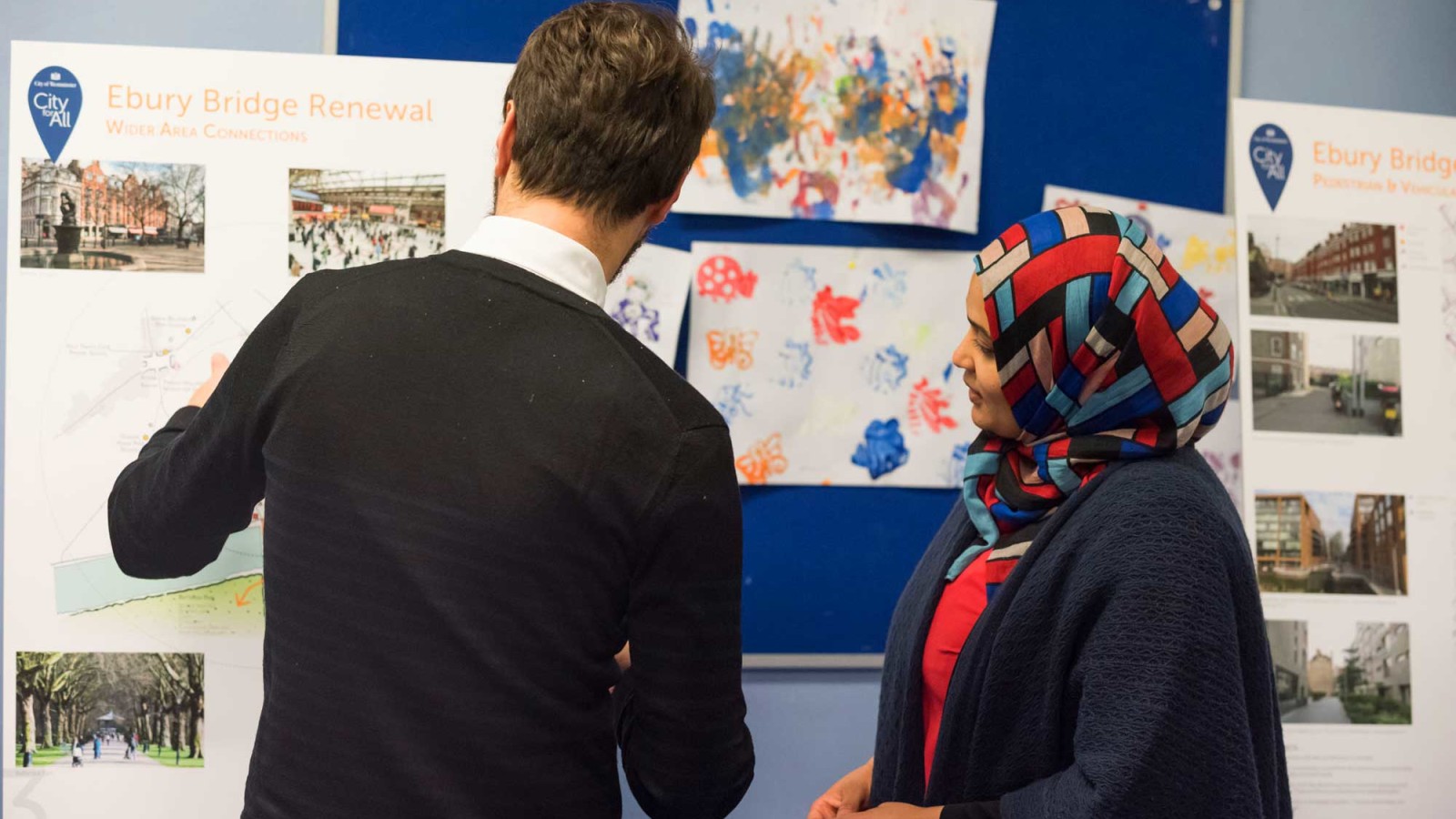
Working with the Community
A cornerstone of the scheme is putting residents at the heart of the renewal. We want to set a new standard in estate regeneration, showcasing how local authorities can partner with residents to create vibrant, long-term, mixed communities where people can thrive.
Click here for documentation and how to videos for your new home
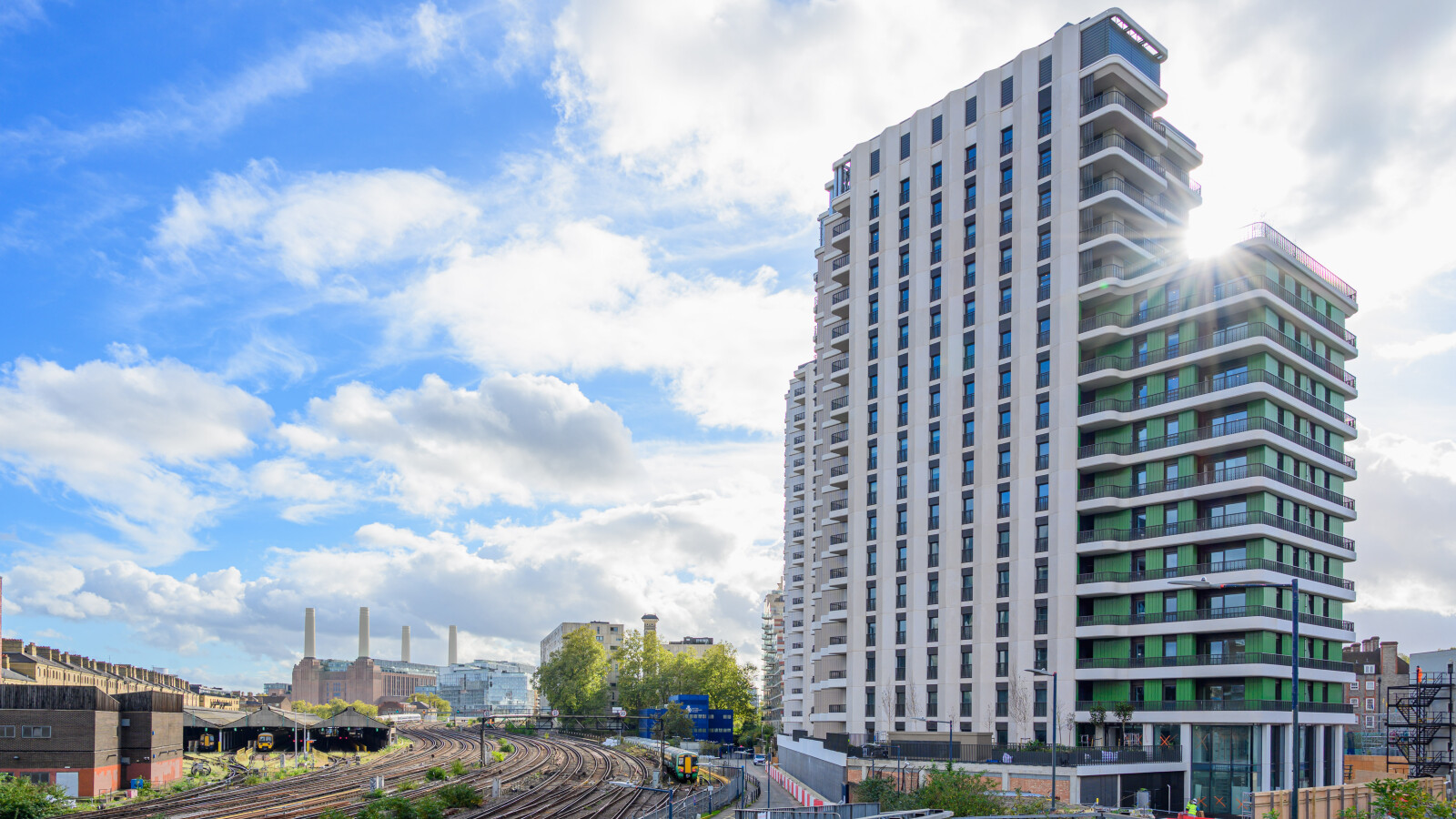
Moving into Your New Home
Here you can find the information that supports you moving into your new home:
How To Videos
You can view how-to videos described in your Home User Guide for equipment in your new home below:
Water shut off valves
Video door entry panel
Switch off lights on leaving
Heating and cooling & thermostat programmes
Heating and cooling room sensors
Clean filters MHVR
Fuse box (consumer unit)
Fire alarms
Broadband connections in utility cupboard
Bi fold doors operation

Consultation on plans for Ebury SW1
Since the start of the scheme, the council has worked closely with Ebury Bridge residents on proposals for their new estate before we submitted for planning approval back in June 2020.
We consulted on final designs for the new estate, asked for feedback from estate residents, neighbours and local groups to help shape plans.
You can see below the engagement boards used during past consultations.
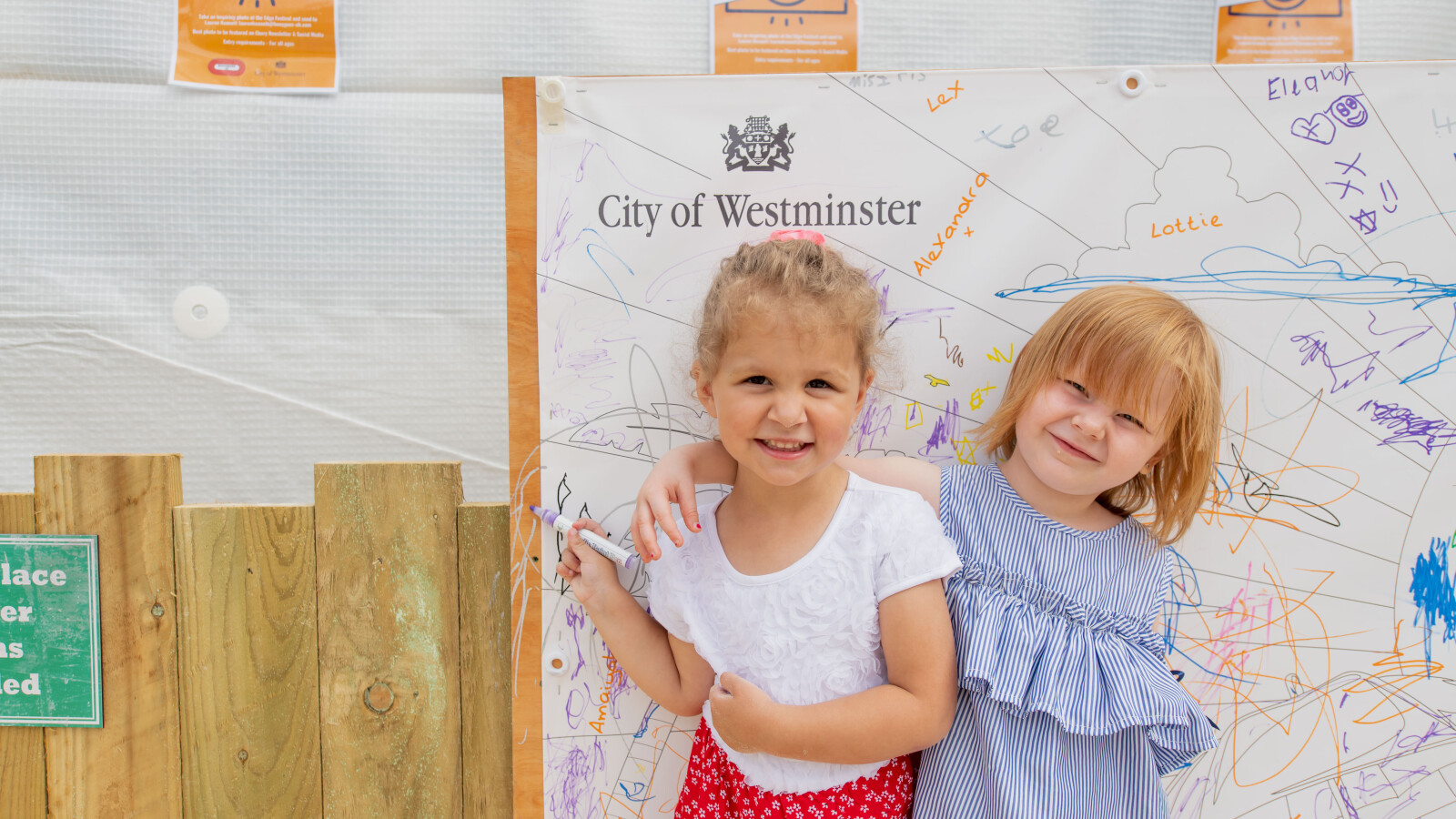
Community Commitments
We’ve created a Community Commitments document setting out in further detail our commitments to Ebury Bridge residents. The document covers:
- New housing opportunities – Our guarantees when arranging appropriate permanent or temporary housing while the renewal progresses
- Affordability – Ensuring the estate continues to be affordable for existing residents
- Social value – Residents will play a key role identifying social value priorities, endorsing a dedicated community fund
- Economy – How we’ll support Ebury Bridge businesses while the renewal progresses
- Sustainability – An ambition to reach excellent environmental standards
- Relocations – Supporting households who are moving
- Housing management – Ensuring good management of existing estate
- The role of our Community Partnership Group – The resident group steering key decisions about the renewal and setting standards for future housing management
You can download the Community Commitments document by clicking here.
Asaelle's letter Coming Back to Ebury
Asaelle, a returning Ebury resident said:
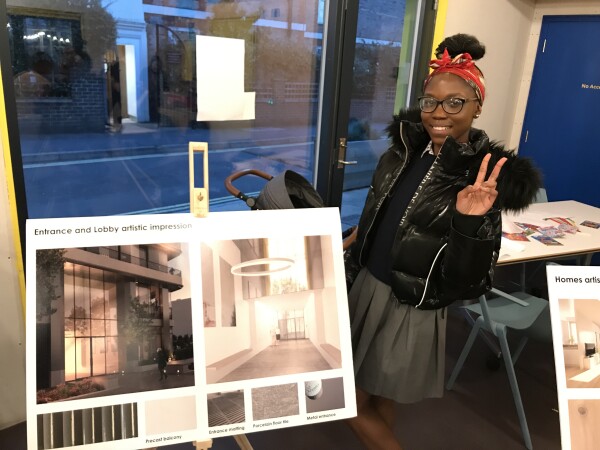
Resident engagement channels
1 Community Partnership Group (CPG)
Community Partnership Group (CPG)
A resident-led strategic body called The Community Partnership Group (CPG) was created on 25th October 2017 to be at the forefront of our decision making. The group is made up of residents who represent the views of the community alongside an Independent Chair to explore financial viability assessments, design principles and the scope of development options
2 Design Engagement
Design Engagement
The council held a series of estate-wide drop-ins where residents have had the opportunity to feedback on what they would like to see from any scenarios that involve redevelopment. This helped establish a series of design principles and formed priorities such as open space, community facilities and dual aspect views from homes.
3 Refurbishment and Viability
Refurbishment and Viability
Refurbishment options were explored, including the cost and logistics of delivery, with resident meetings and the CFG. We also opened the books to residents around viability, discussing revenues (such as contractor profit), costs and the land acquisition value.
4 Exemplar Estate visits
Exemplar Estate visits
Residents have visited different exemplar regeneration schemes in three different London boroughs. The schemes ranged from refurbishment and redevelopment, to infills and new builds. Ebury Bridge residents had the opportunity to talk with tenants and leaseholders at these schemes and share experiences, concerns and expertise.
5 Communications
Communications
The Ebury Bridge newsletter was launched in August 2017, and is still providing regular project updates on a monthly basis. This is supported by updates to this website, alongside letters posted to residents regarding key events, an email mailing list, and a dedicated Facebook group.
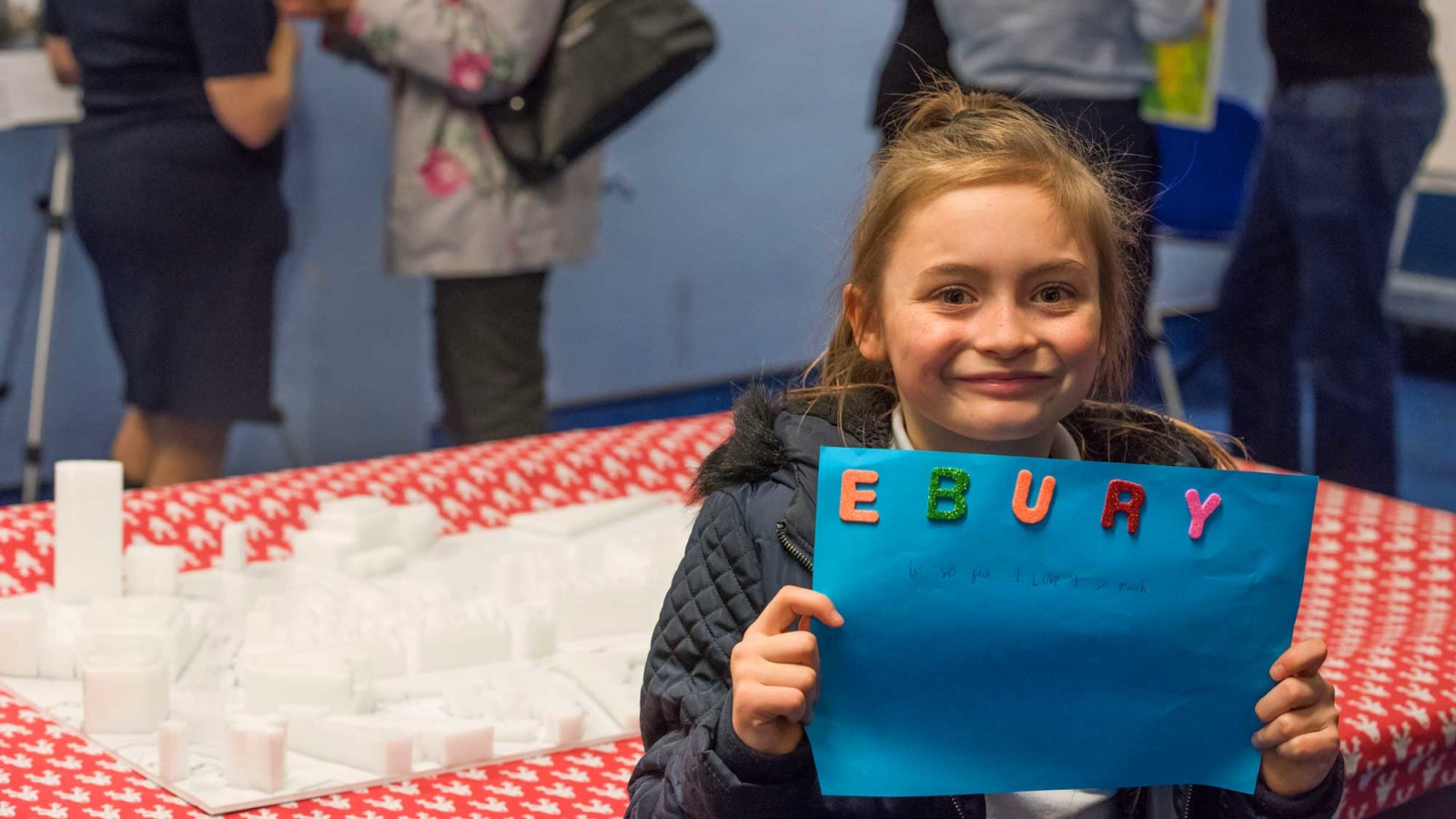
Consultation and Submitted Phase 2 Reserved Matters Application
Drop ins and workshops held detailing the final Reserved Matters Application for Phase 2.
Community Space Workshops and Boundary Treatment Northern Gateway
Community workshops from the design team developed what residents wanted to see from the future Community Space.
Engagement with local neighbours around the development of the Northern Gateway boundary between 1 Ebury Bridge and the Ebury Bridge Estate.
S105 Future Management Consultation
S105 Consultation on how the buildings, public spaces and neighbourhood will be managed in the future Ebury Bridge
RIBA Stage 2
In early 2022, astudio undertook a RIBA Stage 2 refresh of the Phase 2 design. The focus was on the development of:
- Unit mix and tenure in coordination with viability
- Public realm design
- Landscape quality
- Ground floor uses
- Ground floor boundaries, look and feel
- Internal layouts
- Phasing opportunities
Through the RIBA Stage 2 refresh, astudio has consulted with the Communities Futures Group (CFG), One Ebury and Consort Rise residents
The outcomes from the consultation and public consultation influenced RIBA Stage 3 design development.
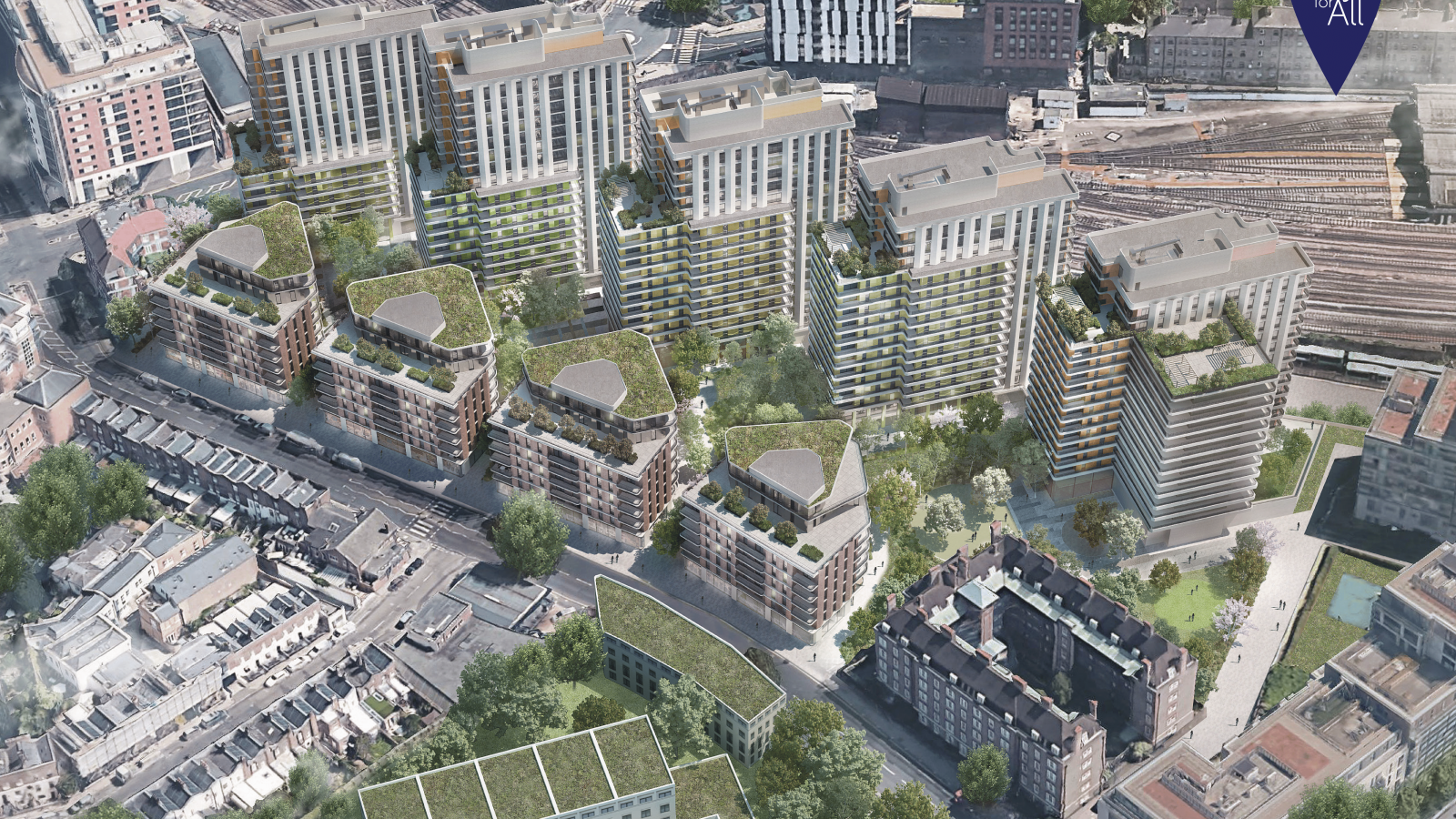
December 2021 Phase 2 Design Consultation
In December 2021 we consulted on the proposed design for Phase 2a of the new homes and public squares for Ebury SW1. We invited the Ebury Bridge Estate residents, neighbours and stakeholders to view the exhibition and provide views.
The consultation boards can be viewed here.

March 2020 Final Design Consultation
In March 2020 we began consulting on final designs of new homes and public spaces planned for Ebury SW1. We again invited estate residents, neighbours, amenity groups and other stakeholders to view an exhibition and provide views.
People have the opportunity to quickly and easily view all consultation material here and provide feedback via a host of different methods, including via the details here.
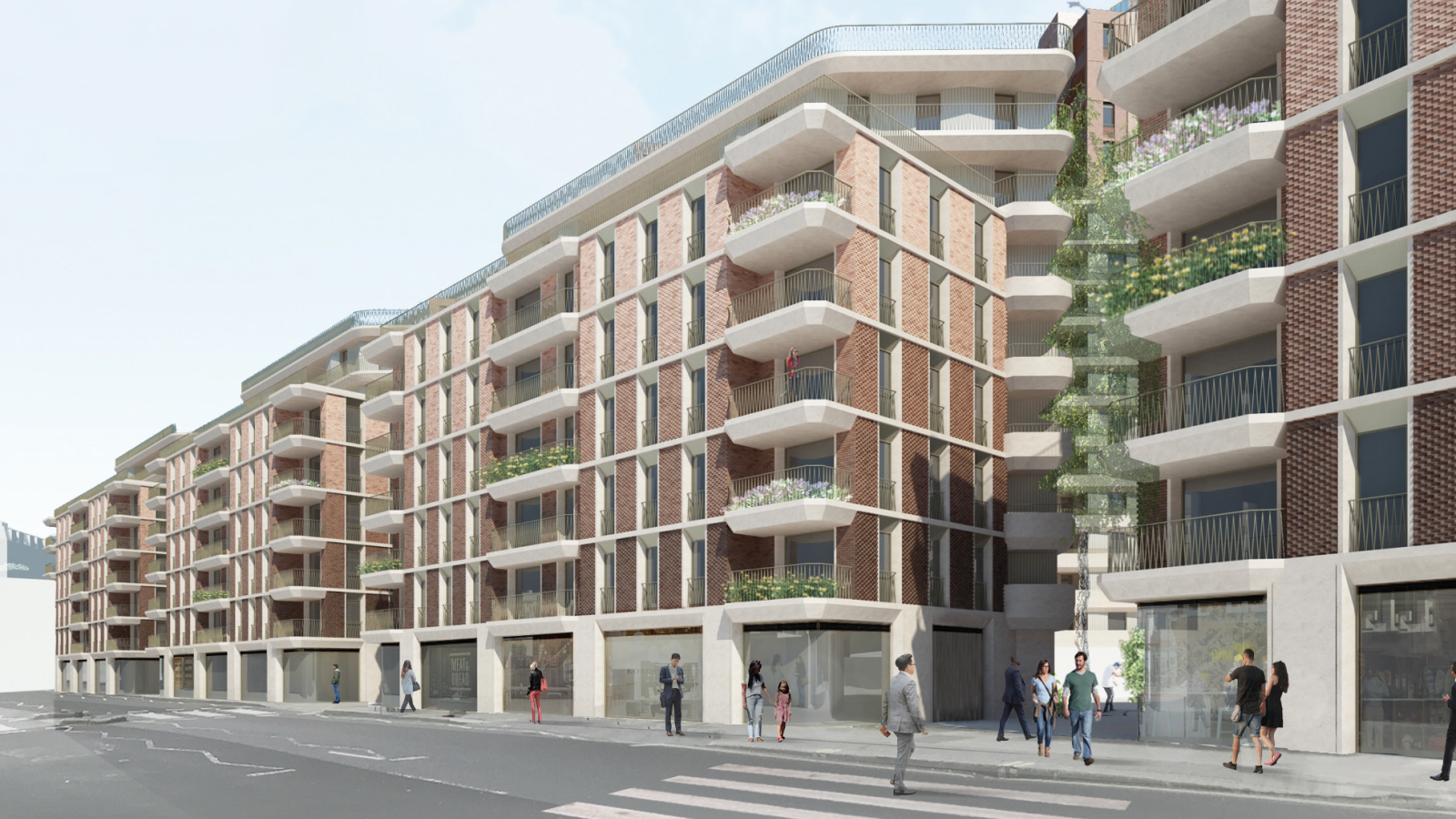
October 2019 Initial Design Consultation
In October 2019 we consulted on initial designs of new homes and public spaces planned. We invited estate residents, near neighbours, community groups and other stakeholders to view an exhibition on the estate over a three-week period.
People were provided lots of ways to provide feedback on the plans here – including online, and via feedback forms and over the phone. We’re grateful to everyone who joined the conversation. The feedback assisted with a revision of plans to be consulted on in early 2020.
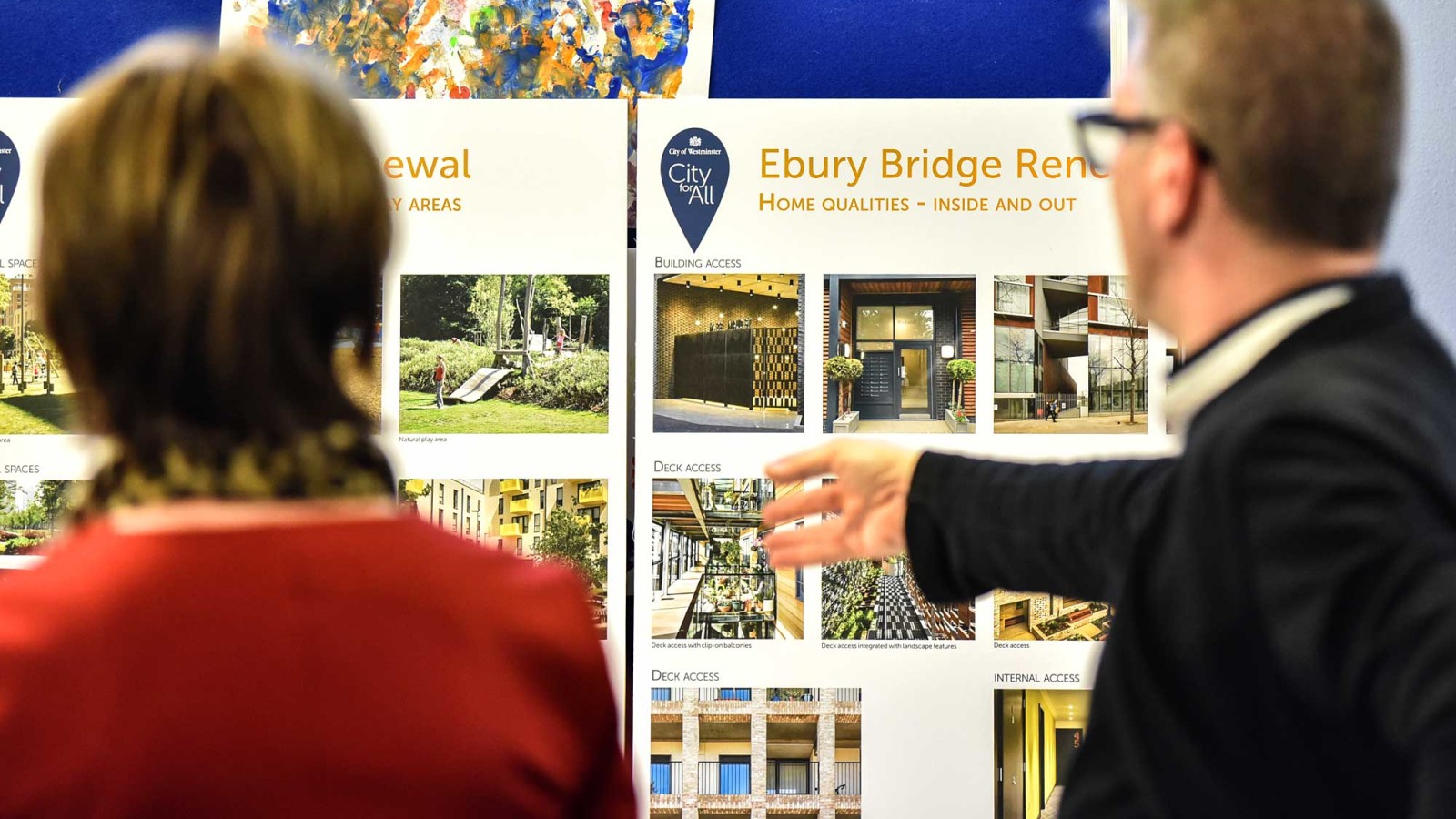
February 2019 Moving forward and testing the market
With Scenario 7 selected, officers worked with residents from across the estate to understand their rehousing needs and preferences. This approach informed the housing requirements for returning residents and allowed us to structure the phasing of development to ensure mixed tenure housing would be present throughout the development.
Through Westminster City Council’s Wholly Owned Company (WOC), the council committed to taking the lead as landlord and developer on Phase 1 of the project. The council then began the procurement process, inviting bids from design and build contractors to partner with us on the Phase 1 delivery.
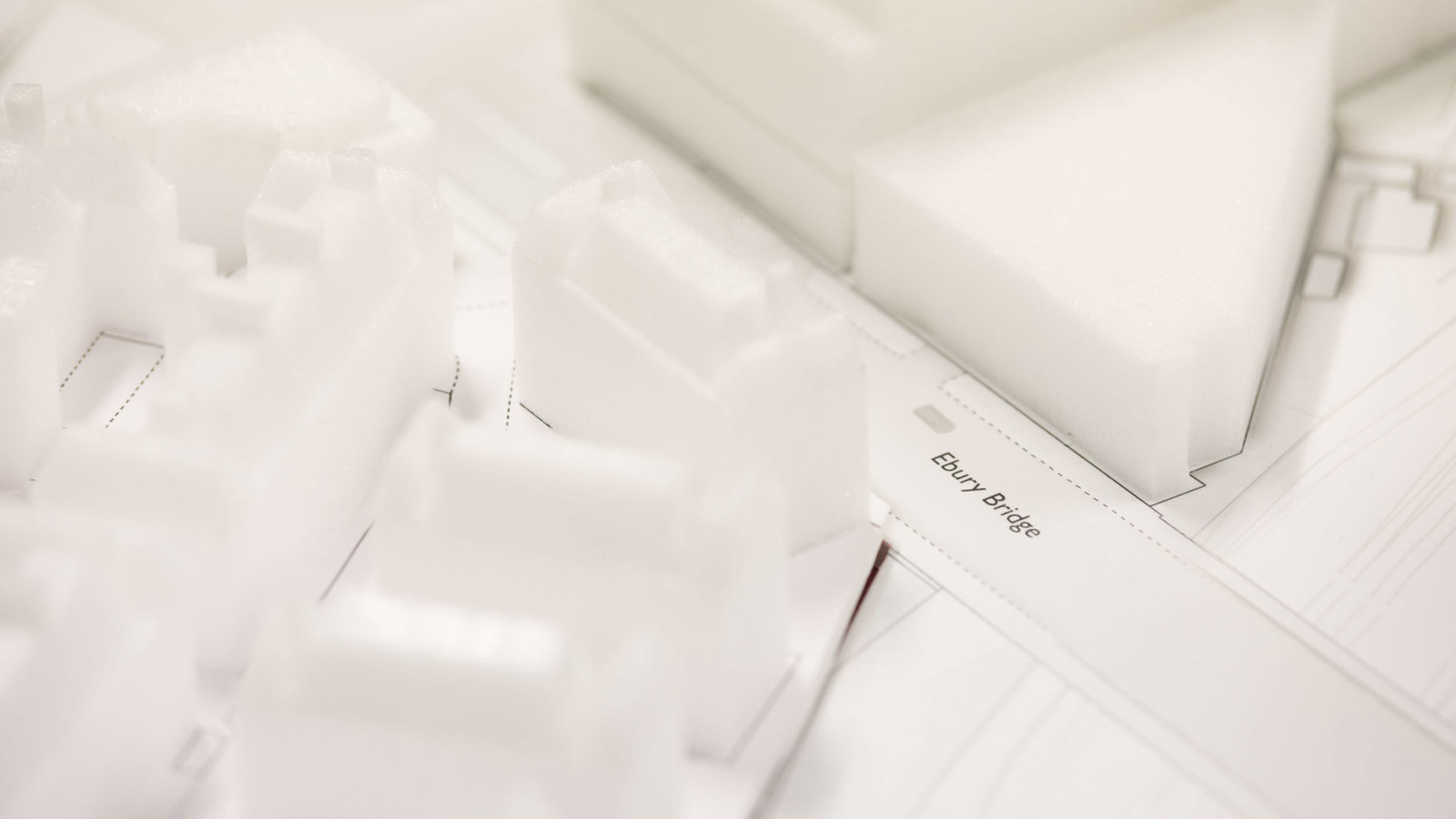
June 2018 Developing the scheme
Putting resident engagement at the heart of plans, the council thoroughly explored the way forward for the future of Ebury Bridge. A long list of scenarios was developed, ranging from refurbishment through to full redevelopment and a number of hybrid options. For each scenario, the CFG, officers and residents went through a methodical assessment.
As part of the design process Ebury Bridge residents had the opportunity to be informed and engaged through each of our resident engagement channels to build a scheme that worked for them.
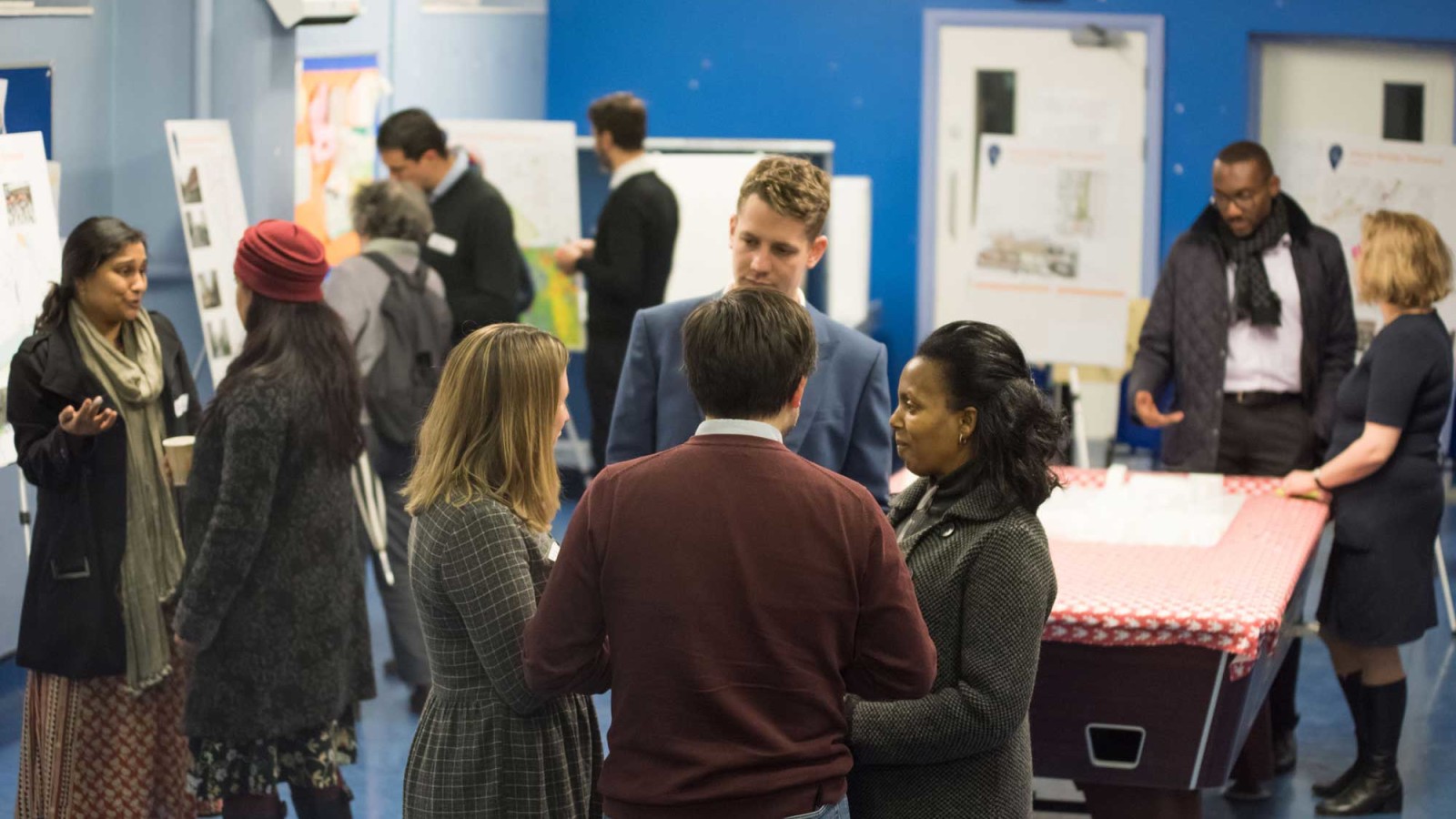
April 2018 The preferred scenario
Following the detailed options assessment process, Westminster City Council commenced consultation with residents on the preferred scenario which involved the full redevelopment of the estate and the creation of around 750 new high quality homes, facilities, retail units and public spaces.
Following this consultation, the council’s cabinet approved the preferred scenario and authorised officers to work up in detail the scheme and identify the best delivery route.

June 2017 Getting started
In June 2017, following challenges with a previous scheme, Westminster City Council made a commitment to Ebury Bridge residents that any new proposals put forward would be able to attract a delivery partner and could be delivered.
An industry leading design team was recruited to analyse the estate, work up proposals and explore the various options for a renewed Ebury Bridge.
On 25th October 2017, the Community Futures Group (CFG) was established with residents to work with the council on key decisions. The CFG continues to play an instrumental role in each element of the renewal process.